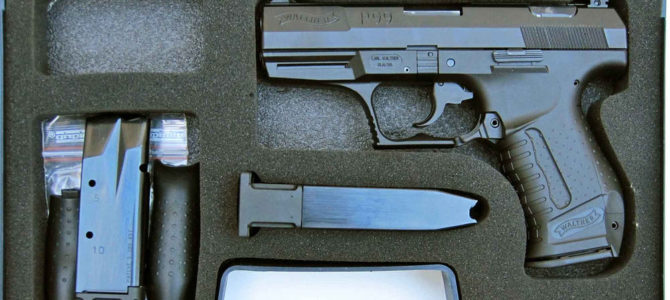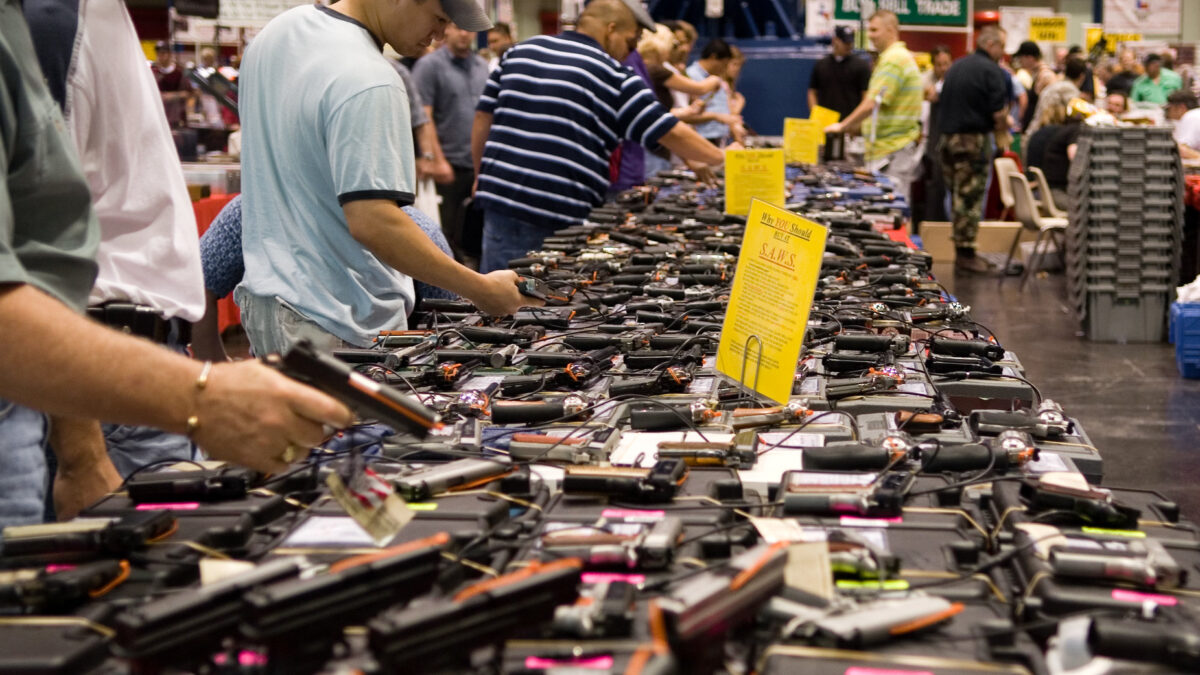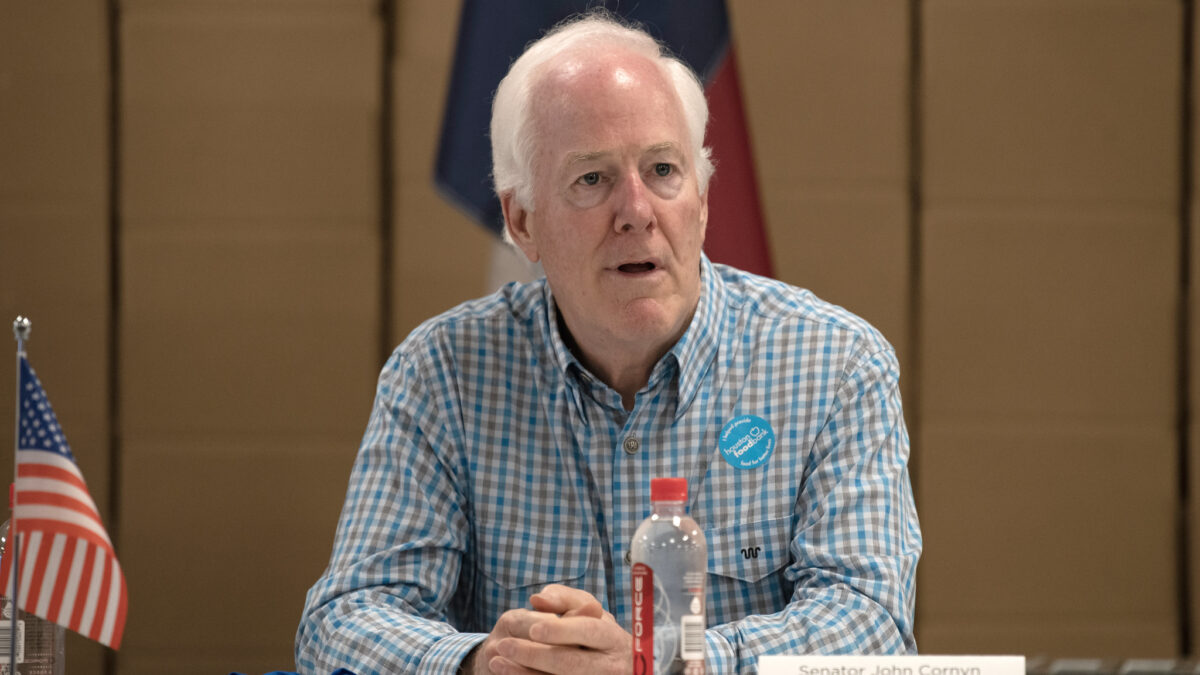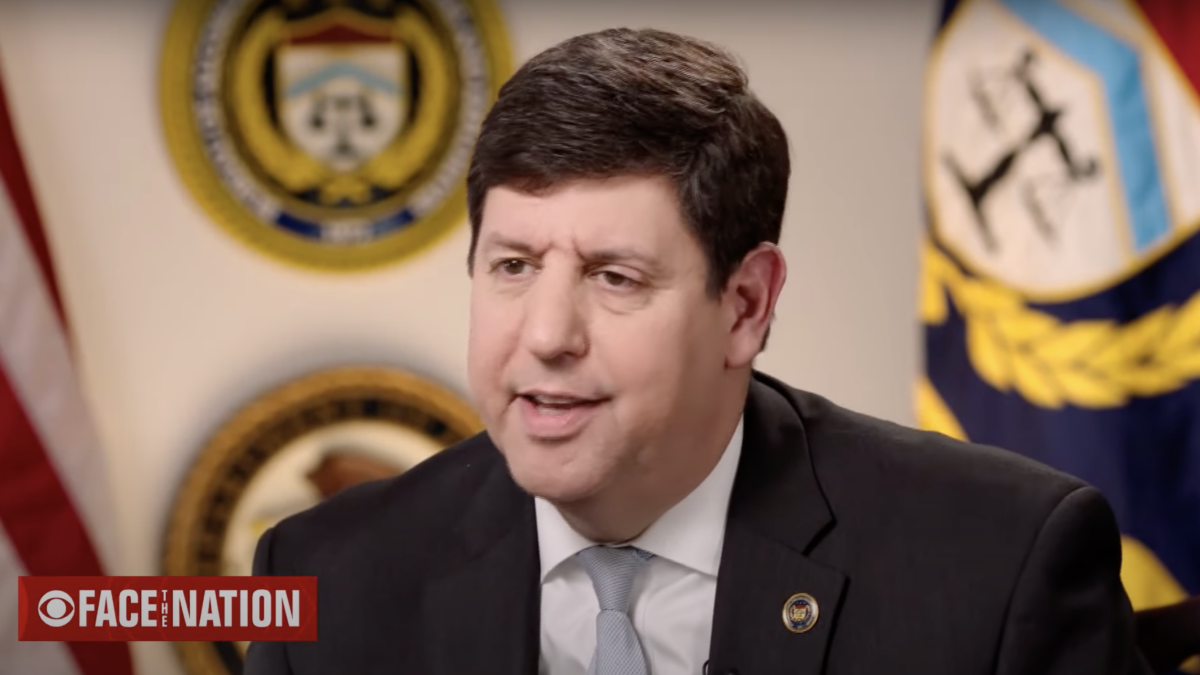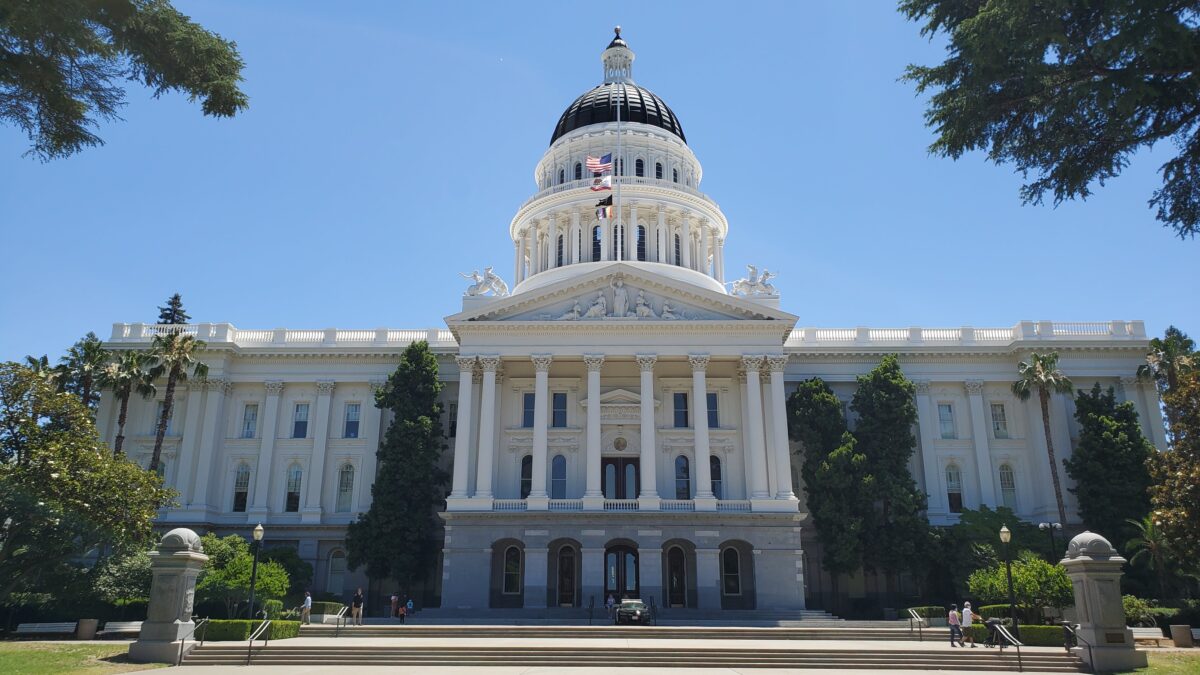The U.S. Supreme Court recently agreed to take up its first gun rights case in many years: New York State Rifle & Pistol Association v. New York. The case revolves around New York City’s prohibition against carrying a licensed, locked, and unloaded handgun outside the city limits.
The appeal was filed by three New York residents and New York’s National Rifle Association (NRA) affiliate after the U.S. District Court for the Southern District of New York dismissed their claim and the Second Circuit Court of Appeals affirmed the decision. The Supreme Court’s eventual decision could help shape gun rights and the level of discretion that judges can apply to gun laws in the future.
According to New York Daily News, “the city ordinance allows people licensed to own handguns to carry the weapons, locked and unloaded, to and from one of the seven gun ranges in the five boroughs.” The plaintiffs want the right to practice shooting at ranges outside of the city and to take their guns elsewhere in the state. So they assert that the ordinance violates their Second Amendment rights, among several others.
More particularly, in their petition, they state:
Heller made clear that self-defense in the home is at the core of the Second Amendment right to keep and bear arms. And ‘the right to possess firearms for protection implies a corresponding right to acquire and maintain proficiency in their use; the core right wouldn’t mean much without the training and practice that make it effective.’ [Ezell v. City of Chicago]
Indeed, as Heller itself noted, scholars have long recognized that ‘to bear arms … implies the learning to handle and use them in a way that makes those who keep them ready for their efficient use.’
In accordance with Heller, the plaintiffs assert that the transport ban severely burdens the right to keep arms in the home (because people are not permitted to transport them to or from secondary homes outside the city) and the right to hone their safe and effective use (because people are less likely to go to ranges if they only have seven to choose from in a city of 8.5 million people). Moreover, while the city may contend that the ban protects the public by restricting the flow of handguns in and out of the city, the plaintiffs question this conclusion for several reasons.
As the petitioners point out, the ban goes as far as to “prohibit the transport of handguns even when they are unloaded and locked up in a container separate from their ammunition.” This, they contend, is nonsensical, as a restriction of this nature poses no public safety risk and should not be banned. Moreover, while such precautions help to ensure that the handguns are transported safely, the transport ban outside the city will lead people to transport more handguns within the city, thereby making the city potentially less safe. Therefore, the plaintiffs question whether the ban truly increases safety or decreases the flow of handguns in and out of the city.
A ban of this nature could inspire other cities to follow suit. Laws like New York’s could serve as a “workaround,” or “shortcut” to derail many of the rights guaranteed by the Second Amendment without the need for a constitutional amendment or congressional intervention.
The Supreme Court will hear arguments relating to this case in October. The balance of power has changed since the court last took up a gun case, yet the issues are still complex and highly divisive. As the court now leans more conservative, it will be interesting to see how it ultimately rules on this timely issue.
